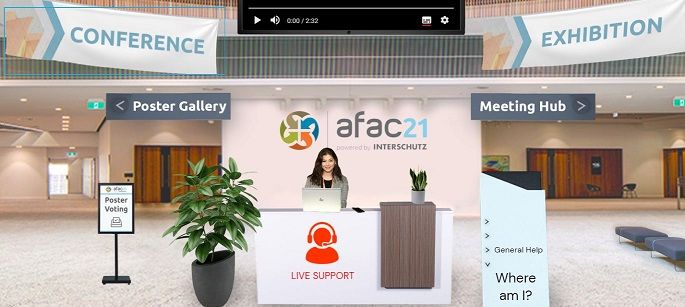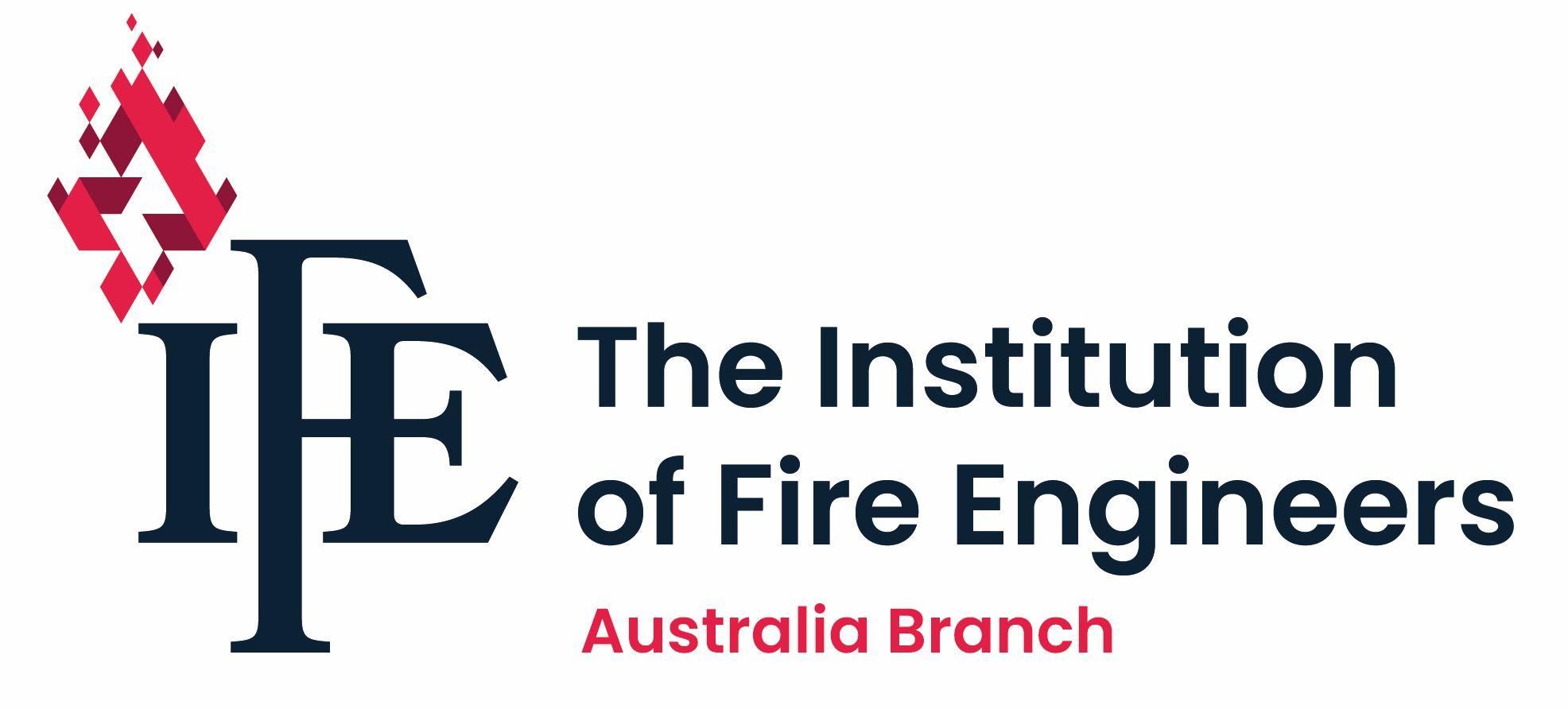Day 1 AFAC21 began with a powerful message

AFAC21 – Virtual is, in itself, an act of resilience delivered on the back of one of the most catastrophic bushfire seasons in living memory during what is hoped to be the closing stages of a global pandemic. This year’s theme could not be more pertinent: Balancing Impact and Expectations.
Our first keynote, Dr Michelle Dickinson began the day by issuing a reminder to researchers on the power of curiosity in communicating impact. Then, it was on to an impressive array of speakers – including fellow keynotes Adriana Keating, Professor John Handmer and Dr Kenneth Strahan - who would go on to demonstrate her point.
Here are just some of the many Day 1 highlights of the AFAC21 conference:
Principles for partnership between land and fire agencies and First Nations
- Dr Adam Leavesley - ACT Parks and Conservation Service, Dr Timothy Neale - Deakin University
“There’s a role for everyone in fire in Australia – how big the land is, how much we’ve got here – so people can contribute regardless of how long they’ve been around, and we’re not here to take other peoples’ roles and livelihoods. We’re here to make the Country healthy.” – Aboriginal interviewee, parks agency.
“The best place for the conversation is out on Country when we’re doing burns. So, when we burn, we invite some rural fire service members to come along and when we’re in that space, we can have a really meaningful conversation and attitudes change.” – Aboriginal interviewee, Aboriginal corporation.
Several trends have recently converged to create considerable interest in enhancing collaboration in land and emergency management between government agencies and First Nations peoples in southern Australia. Through several successful case studies of the reintroduction of cultural fire management understanding has grown regarding the range of social, cultural, economic and ecological benefits that can be created and supported through such initiatives. However, this relies on persuasiveness and fragile intercultural diplomacy more than robust policies and resourcing commitments. In this presentation, Adam and Tim reflected on workshops held by the Hazards, Culture and Indigenous Communities: Principles for Enhanced Collaboration project with Indigenous and non-indigenous agency staff. Through the workshops we developed a green paper of principles to encourage partnerships.
Reflections - an incident controller perspective on managing fatalities on the fireline
- Peter Brick, Project Leader Emergency Management, Forest Fire Management Victoria
“I’d like to start seeing discussions around difficult topics – like dealing with fatalities – spoken about more openly in our training and briefings. They’re not easy conversations to have, but the more we talk about them, hopefully if and when they do occur, we’re better placed as leaders to lead through the trauma, to manage the fatigue and support each other more along the way.” – Peter Brick
This incredibly moving presentation was inspired by Peter’s experience during the 2019-20 fire season, when he was the Incident Controller (IC) for parts of the Eastern Victorian bushfires, which saw two fire line fatalities. The hours and days after both events were chaotic and emotional.
By sharing his experience and lessons learnt, he hopes to help others leading through traumatic events. He discussed the sort of support required, how to maintain firefighting operations, dealing with Police and internal investigations and the following lessons:
a) Focus on the people, including yourself
b) Set up a structure to allow you to manage the fatality and the firefight
c) Be prepared for a lot to happen with and without your knowledge
d) Access support; Speak up for your team if the support isn't right
e) Working with Police and internal investigations
f) Experience and knowledge developed in my normal job was critical
g) Professional and personal networks and connections proved invaluable
Equipping with latest technology in reducing risk of life during fire operations
– Dr Mukta Girdha, Disaster Resilience and Research Foundation
“As you know, suppressing fire is very risky. Every time we have to risk life to supress fire, by using different technologies, we will reduce the risk of life to fire people and save more lives.” – Dr Mukta Girdha.
Until recently, firefighting tools were relatively low-tech trucks, ladders, and hoses. But all that is changing with new high-tech innovations such as Geo-spatial technology, firefighting drones, firefighting robots and many more.
In her presentation, supported by in situ photographs and videos, Dr Girdha summarised the case for new technologies and the risk management and how they apply to areas such as supply delivery, medical applications, detecting and extinguishing fires, fire response to high rise buildings, dealing with chemical biological, radiological, nuclear or explosives, directing the public/wayfinding, search and rescue, damage assessment, detecting and relaying, reconnaissance mapping, investigations and more.
Social media - connecting and sharing in a bushfire crisis
- Sue Atkinson & Dr Jee Lee, News and Media Research Centre, University of Canberra
“We also observed that user engagement through social media – liking, sharing and commenting – is crucial to information flow during a crisis.” Sue Atkinson.
Social media is an important platform for staying up to date with information and news during a crisis. This was especially the case during the 2019-20 bushfire season in Australia, which resulted in widespread devastation and loss of life, property and wildlife. This session focused on organisations' social media channels as a critical communication tool for community and individuals and provided an analysis of the types of communication methods and how they determined user engagement and interaction and how messaging demonstrated the characteristics of effective crisis communication.
These sessions are an important but small selection of the AFAC21 conference presentations that took place on Day 1 of this year’s event. Pass holders can view these and all other AFAC21 presentations on demand until 31 January 2022.
)
)





)
)
)
)
)
)
)
)
)